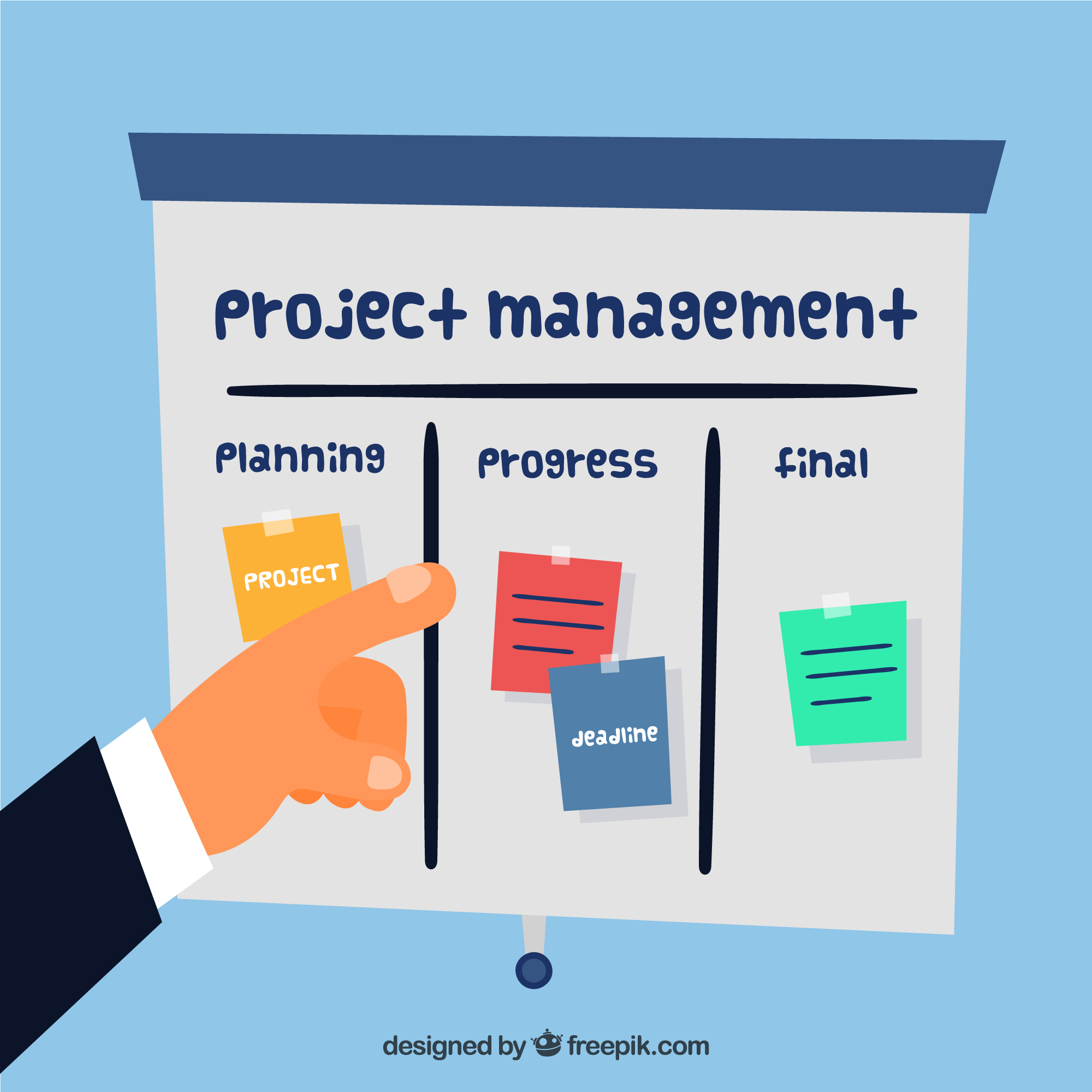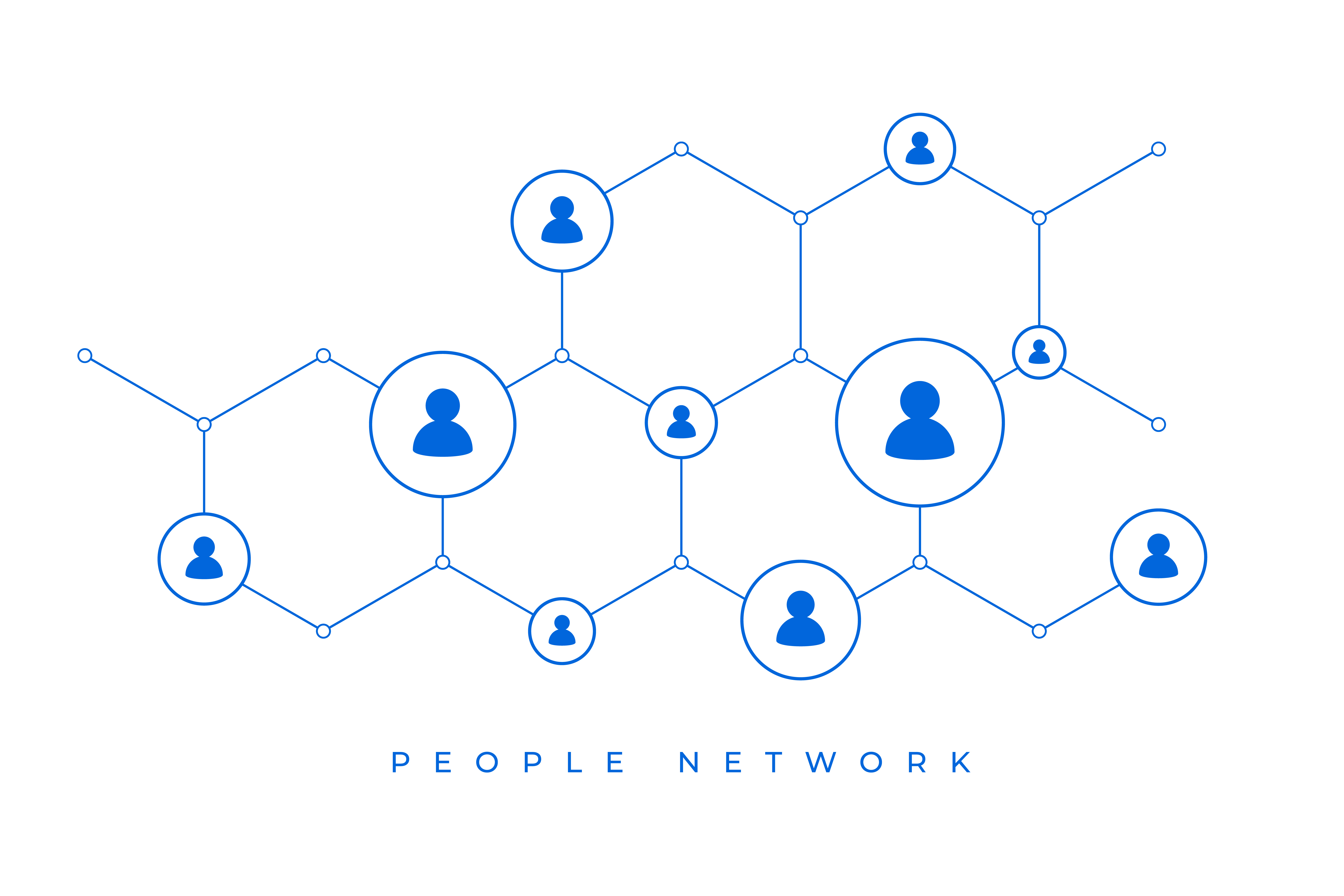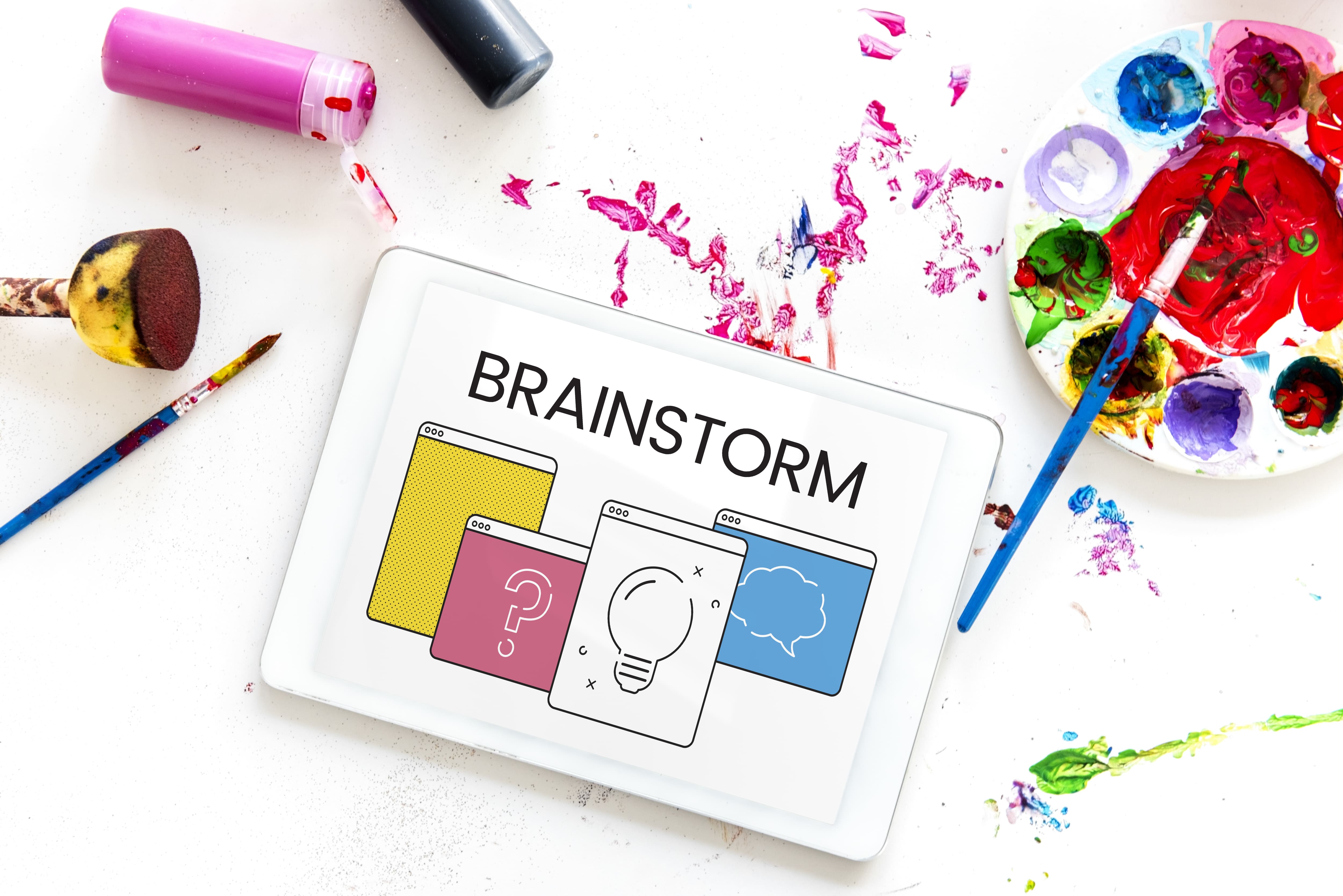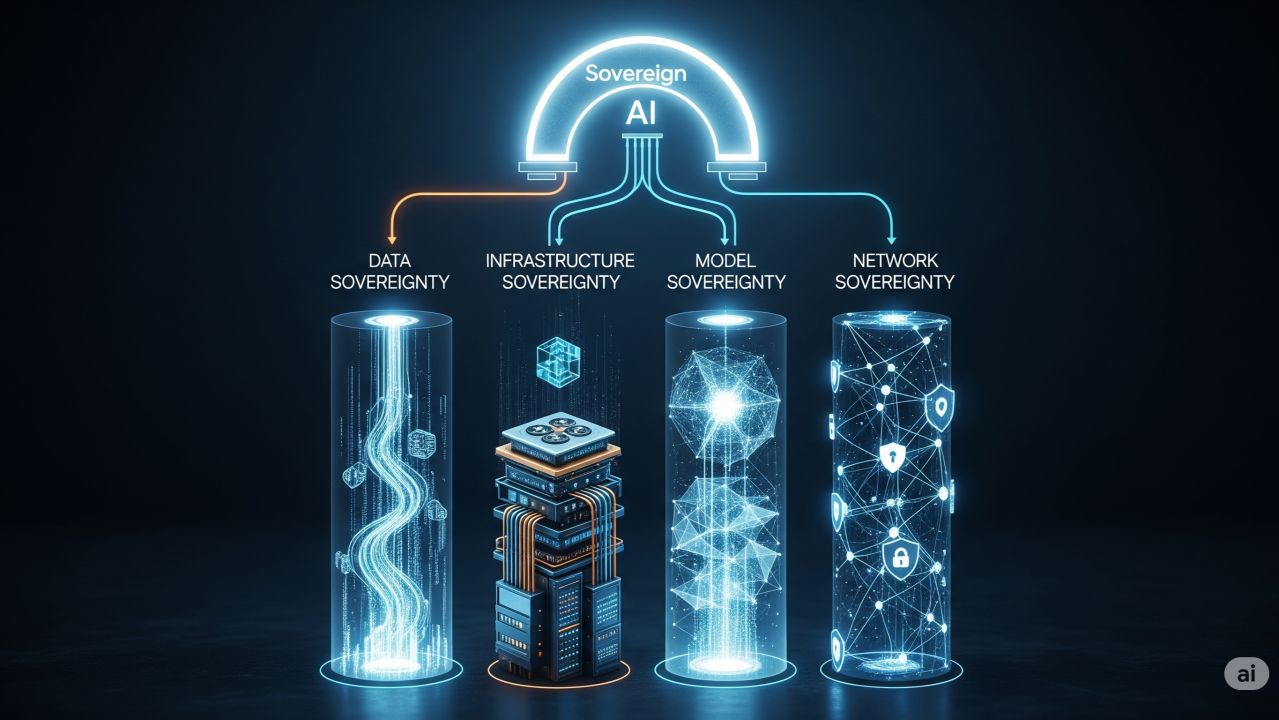Project Management 101
- Author :
- Date : 09 Aug 2025
- Time : 10 Min to read

Project Management 101: Tools and Techniques for the Modern Workplace
In today's fast-paced business environment, project management methodologies, Agile, Scrum, and other frameworks empower teams to deliver complex initiatives on time, within scope and budget. Understanding the essentials of modern project planning, execution strategies, and risk control supports both organizational success and career advancement. This detailed guide explores key techniques, tools, and industry-standard methods in project management, offering insights on how professionals can scale their effectiveness through consistent training and structured learning.
Why Project Management Skills Matter
- Improved Project Delivery: Structured methodologies reduce chaos, ensure accountability, and drive predictable outcomes.
- Better Resource Allocation: Tools and techniques help optimize limited resources for maximum impact.
- Enhanced Stakeholder Management: Effective communication and transparency build trust among sponsors, clients, and teams.
- Cross-Functional Collaboration: Clear frameworks align multidisciplinary teams around shared goals and priorities.
- Career Credibility: Mastery of methodologies like Agile, Scrum, and classic Waterfall signals competence to employers and recruiters.
Core Methodologies: Agile, Scrum, and Waterfall
Agile Project Management
Agile is an iterative, incremental approach to project delivery. It emphasizes flexibility, continuous delivery of value, and stakeholder collaboration. Key Agile principles include:
- Iterative planning: Plan sprints—short planning periods of one to four weeks—rather than entire project cycles upfront.
- Incremental delivery: Release smaller chunks of work frequently to gather feedback early and adapt quickly.
- Collaboration and feedback: Regular stakeholder communication ensures alignment and reduces rework.
- Continuous improvement: After each iteration, conduct retrospective review to identify improvement opportunities.
Scrum Framework
Scrum is a popular Agile framework with defined roles, ceremonies, and artifacts:
Roles:
- Product Owner prioritizes backlog items
- Scrum Master facilitates process and removes impediments
- Development Team executes the sprint backlog
Ceremonies:
- Sprint Planning sets goals for the next iteration
- Daily Stand-up synchronizes team progress
- Sprint Review demonstrates completed work
- Retrospective improves team collaboration continuously
Artifacts:
- Product Backlog lists prioritized features and tasks
- Sprint Backlog outlines current sprint goals
- Increment represents releasable product features
By leveraging Scrum, teams benefit from transparency, focus, and frequent delivery of value—key elements of modern project execution.
Waterfall (Traditional Project Management)
Waterfall is a sequential method best suited for projects with fixed scope and well-defined requirements. Stages typically include:
- Requirements
- Design
- Implementation
- Testing
- Deployment
- Maintenance
Clear milestones and fixed deliverables provide structure, but adaptability is limited compared to Agile approaches.
Essential Project Management Tools and Techniques
1. Project Scheduling and Gantt Charts
Gantt charts provide a visual timeline of tasks, milestones, deadlines, and dependencies. Tools like Microsoft Project or online platforms such as Trello, Asana, and Monday.com simplify schedule tracking.
2. Risk Management Techniques
Concepts such as risk registers, qualitative and quantitative analysis, risk mitigation planning, and risk reassessment support proactive risk control and contingency planning.
3. Stakeholder Engagement and Communication Plans
Define stakeholder roles, contact cadence, and key information needs. Use communication matrices and regular status updates to keep everyone aligned.
4. Resource Allocation and Team Management
Ensure workload is balanced, set realistic timelines, and monitor critical path activities. Resource levelling techniques prevent burnout and quality decline.
5. Quality Planning and Control
Define quality metrics, test plans, and acceptance criteria upfront. Use checklists and control charts during delivery to maintain product and process standards.
Hybrid Approaches: Combining Agile and Traditional Methods
Many organizations adopt hybrid models, especially on large initiatives that require upfront planning but also ongoing adaptability. Examples include:
- Waterfall front-end and Agile delivery
- Agile in development plus stage-gate reviews for funding
- Agile backbone with Waterfall documentation and formal signoffs
These hybrid approaches ensure adaptability without sacrificing governance and regulatory compliance.
MentoraX Training: Accelerate Your Project Management Career
To implement methodologies like Agile, Scrum, and risk management effectively, consider enrolling in MentoraX's Project Management Professional (PMP) classroom course. In this immersive program, you will:
- Learn all key project management techniques, including Agile frameworks and Waterfall processes
- Practice with real-world case studies, risk simulations, and stakeholder role-play
- Understand tools like Gantt chart creation, backlog grooming sessions, and quality control templates
The hands-on, instructor-led training helps you gain the confidence to apply modern project methods, earn professional credentials, and lead successful projects in any sector.
Implementing Best Practices: Tips for Everyday Project Execution
- Start each phase with a kick-off meeting to align team members and stakeholders
- Use daily stand-ups or check-in calls to track dependencies and resolve blockers
- Capture all issues and risks in a centralized register with status updates
- Use sprint reviews or sign-off meetings to maintain transparency
- Conduct post-project retrospectives to identify lessons learned and document best practices
Measuring Project Management Success
Track key metrics like:
- Schedule variance (actual completion versus planned)
- Budget variance against estimates
- Number and severity of risks or issues
- Stakeholder satisfaction surveys
- Team productivity metrics, such as tasks completed per sprint
Regular measurement helps refine processes and build continuous improvement cycles.
For Professionals and Organizations
- Independent professionals can use structured methods to deliver value reliably and build a reputation for excellence
- Team leaders benefit from frameworks like Scrum to increase team productivity and responsiveness
- Large enterprises can adopt hybrid models to balance governance and innovation
Final Takeaways
- Project management methodologies like Agile and Scrum support flexibility, transparency, and frequent value delivery
- Traditional approaches like Waterfall maintain structure and control where requirements are fixed
- Core tools such as Gantt charts, risk registers, and stakeholder matrices keep project execution on track
- MentoraX's Project Management Professional (PMP) training offers structured, in-depth instruction to master these methodologies
By developing your project management skills, you position yourself as a dependable leader, capable of executing initiatives effectively, minimizing risk, and delivering quality outcomes. Take the next step in your career with MentoraX – empower yourself with the tools and techniques needed to thrive in the modern workplace.

About the Author
Almothana Hasan, PMP®
Project management professional with extensive experience in modern methodologies and team leadership.
Related Posts




09 Aug 2025 • 11 Min Read
The Importance of Mentoring: How to Find a Great Mentor and How to Be One
None



09 Aug 2025 • 12 Min Read
The Art of Salary Negotiation: What Every Young Professional Should Know
None







09 Aug 2025 • 8 Min Read
Building a Personal Brand in the Digital Age: A Guide for New Professionals
None




